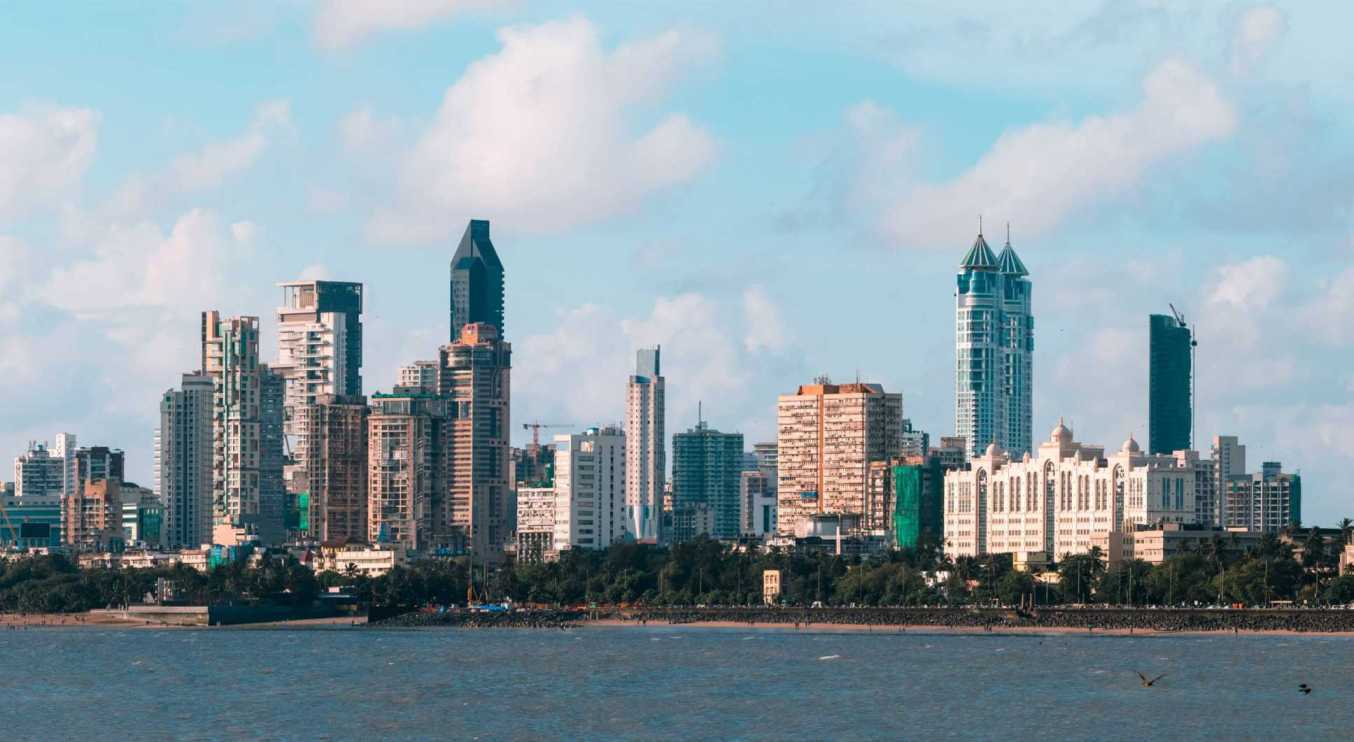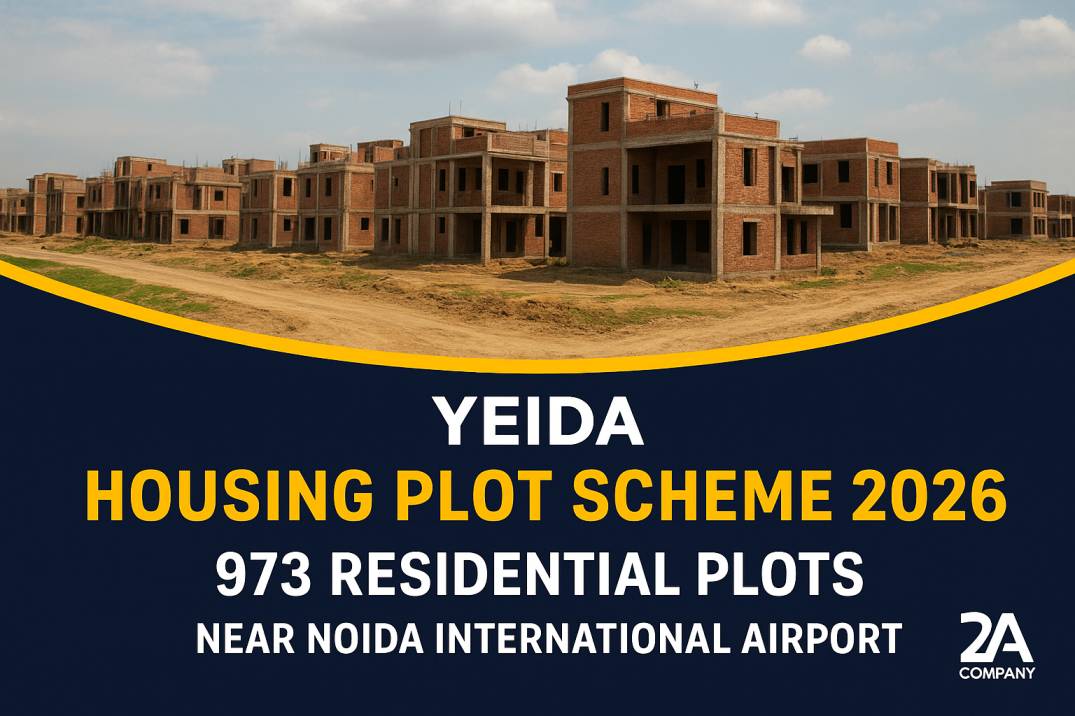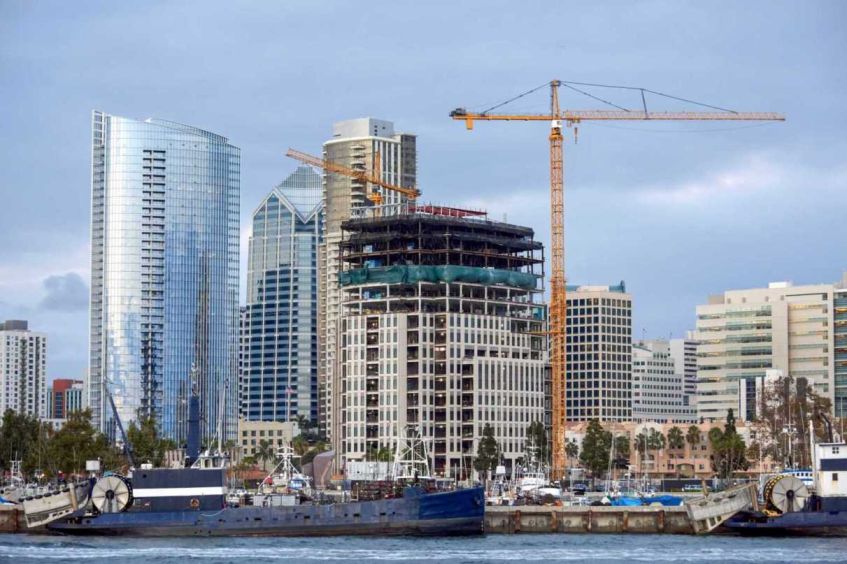

Upto 14-20% Returns Per Annum T/C* Applied*
Popup Title
This is a popup message.
- bharat agarwal
- Merger-and-Acquisition
List of Tier-1, Tier-2, and Tier-3 Cities in India: Understanding Urban Growth and Real Estate Opportunities
India’s urban landscape is vast and diverse — from the high-rise skylines of Mumbai and Delhi to the emerging business districts of Indore, Lucknow, and Coimbatore.
To categorize this diversity, the Indian government and various economic agencies classify cities into Tier-1, Tier-2, and Tier-3 categories.
But what do these tiers really mean? How do they affect real estate investments, living standards, and business opportunities?
In this blog, we’ll decode the differences between Tier-1, Tier-2, and Tier-3 cities of India, list the major cities in each category, and explore how this classification impacts the real estate market — especially for buyers and investors working with 2A Company.
Read More: Residential Projects On Yamuna Expressway
What Are Tier-1, Tier-2, and Tier-3 Cities?
The tier system helps policymakers, companies, and investors understand urban development levels across India.
The classification is mainly based on factors such as population size, infrastructure, cost of living, industrial growth, and real estate demand.
Here’s a quick overview:
| Tier | Category | Population Range | Description |
|---|---|---|---|
| Tier-1 | Metro Cities | Above 1 Crore | Developed metros with top infrastructure, high cost of living, and global business presence |
| Tier-2 | Developing Cities | 50 Lakh to 1 Crore | Rapidly growing cities with strong infrastructure and emerging industries |
| Tier-3 | Emerging Cities | Below 50 Lakh | Smaller cities or towns with potential for future development and affordable real estate |
This classification helps investors identify the maturity level of each market and assess growth potential and ROI in different regions.
Tier-1 Cities in India
Tier-1 cities are India’s major metropolitan hubs — financial, cultural, and administrative centers.
They boast world-class infrastructure, MNC presence, and established residential and commercial markets.
List of Tier-1 Cities in India:
1. Mumbai
2. Delhi
3. Bengaluru
4. Chennai
5. Hyderabad
6. Kolkata
7. Pune
8. Ahmedabad
Characteristics of Tier-1 Cities:
1. Excellent metro connectivity, airports, and highways.
2. High-end real estate markets (e.g., Trump Tower Gurgaon, DLF Camellias, M3M Jacob & Co Noida).
3. Hub for corporate offices, IT parks, and luxury housing.
4. High cost of living and land prices.
While Tier-1 cities remain top choices for multinational corporations, real estate investors are now increasingly exploring Tier-2 and Tier-3 cities for better returns.
List of Tier-2 Cities in India
Tier-2 cities are often referred to as “next-generation metros.”
These cities are witnessing rapid economic and infrastructure growth, thanks to improved connectivity, smart city projects, and expanding job opportunities.
List of Tier-2 Cities in India:
1. Lucknow
2. Jaipur
3. Indore
4. Chandigarh
5. Coimbatore
6. Kochi
7. Surat
8. Nagpur
9. Bhopal
10. Vishakhapatnam
11. Vadodara
12. Patna
13. Bhubaneswar
14. Noida
15. Greater Noida
16. Gurugram
17. Mysuru
18. Raipur
19. Amritsar
20. Ludhiana
Key Highlights of Tier-2 Cities:
1. Lower cost of living and property compared to Tier-1 metros.
2. Excellent potential for industrial and IT growth (e.g., Noida, Gurugram).
3. Smart City initiatives improving infrastructure and livability.
4. Rising demand for residential apartments and plotted developments.
Cities like Noida, Greater Noida, and Gurugram have evolved into mini-metros, attracting both investors and end-users with projects like M3M Jacob & Co Noida and Trump Tower Gurgaon.
Tier-3 Cities in India
Tier-3 cities are emerging urban centers with developing infrastructure and growing economic activity.
They represent India’s next wave of real estate expansion, especially as remote work and digital connectivity improve.
List of Tier-3 Cities in India:
1. Alwar
2. Bhiwadi
3. Goa
4. Meerut
5. Hapur
6. Panipat
7. Agra
8. Dehradun
9. Udaipur
10. Gwalior
11. Jalandhar
12. Mangalore
13. Madurai
14. Nashik
15. Ranchi
16. Siliguri
17. Tirupati
18. Belgaum
19. Cuttack
20. Warangal
21. Durgapur
Why Tier-3 Cities Are the Future:
1. Affordable real estate and lower development costs.
2. Infrastructure growth through industrial corridors and expressways.
3. Opportunities for small and mid-sized developers.
4. Increasing government investment in smart cities and connectivity.
Cities like Alwar, Bhiwadi, and Goa are seeing significant growth in both industrial and residential real estate, making them strong investment options for early movers.
Real Estate Trends Across Tiers
Each city tier has a unique market trend, and understanding them helps in choosing the right investment strategy.
Tier-1 Cities: Luxury and Stability
1. Focus on high-end and ultra-luxury developments.
2. Stable demand from professionals, NRIs, and global companies.
3. Limited land availability drives vertical expansion.
Examples:
- M3M Jacob & Co Noida – Ultra-luxury branded residences.
- Trump Tower Gurgaon – Global luxury address.
- The Camellias Gurgaon – Benchmark for elite living.
Tier-2 Cities: Growth and Affordability
1. Demand for mid-segment and upper-mid housing.
2. Attracting investors from Tier-1 cities seeking better ROI.
3. Expanding IT and industrial corridors (Noida, Pune, Coimbatore).
Tier-3 Cities: Early-Stage Potential
1. Ideal for long-term investors looking for capital appreciation.
2. Affordable housing and plotted developments in demand.
3. Government-led projects like Delhi–Meerut Expressway and Yamuna Expressway driving connectivity.
Why City Classification Matters in Real Estate ?
Understanding which tier a city belongs to helps buyers and investors make smarter property decisions.
Here’s how city classification impacts real estate:
1. Investment Returns: Tier-2 and Tier-3 cities offer higher ROI potential due to rapid growth.
2. Development Stage: Tier-1 cities are mature, while Tier-2 and Tier-3 are in expansion phases.
3. Affordability: Prices are more reasonable in Tier-2 and Tier-3 cities.
4. Infrastructure Plans: Government tends to prioritize upcoming cities for smart development.
5. Lifestyle: Tier-1 cities offer established amenities; Tier-2 and Tier-3 cities offer balance between comfort and affordability.
How 2A Company Helps You Invest Across City Tiers?
At 2A Company, we understand that every city offers a different opportunity.
Whether you’re seeking luxury real estate in Tier-1 metros or high-growth investment plots in emerging Tier-3 regions, we guide you with deep market intelligence and trusted advisory.
Here’s how 2A Company can help:
1. Curated Property Options: From branded residences in Gurgaon and Noida to industrial land in Alwar and Bhiwadi, we offer verified listings across all tiers.
2. Market Insights: We provide data-backed insights into pricing, infrastructure, and developer performance.
3. Investment Advisory: Customized solutions for both short-term investors and long-term portfolio builders.
4. Transparency & Trust: Our expertise ensures your investment journey is seamless, secure, and profitable.
5. Pan-India Network: We operate across Noida, Delhi, Greater Noida, Goa, Alwar, and Bhiwadi, giving you diversified opportunities in multiple markets.
Whether it’s a factory in Noida, a luxury apartment in Trump Tower, or a residential plot near Jewar Airport, 2A Company helps you make informed choices based on your goals and budget.
The Future of Urban India
India’s cityscape is expanding fast. As metro cities mature, Tier-2 and Tier-3 cities are evolving into self-sustained urban centers.
With growing infrastructure, employment opportunities, and real estate projects, they’re becoming the new face of urban India.
The future lies in balanced growth — where Tier-1 cities remain financial powerhouses, and Tier-2 and Tier-3 cities become engines of affordable living and economic development.
Conclusion
The classification of Indian cities into Tier-1, Tier-2, and Tier-3 categories paints a clear picture of the country’s urban growth story.
From the global appeal of Delhi and Mumbai to the emerging promise of Lucknow, Coimbatore, and Bhiwadi, each city offers unique advantages for residents and investors alike.
For those seeking expert guidance across these diverse markets, 2A Company is your trusted real estate partner — helping you navigate the right opportunities, in the right cities, at the right time.
Read More: How to Sell a Luxury Property India





